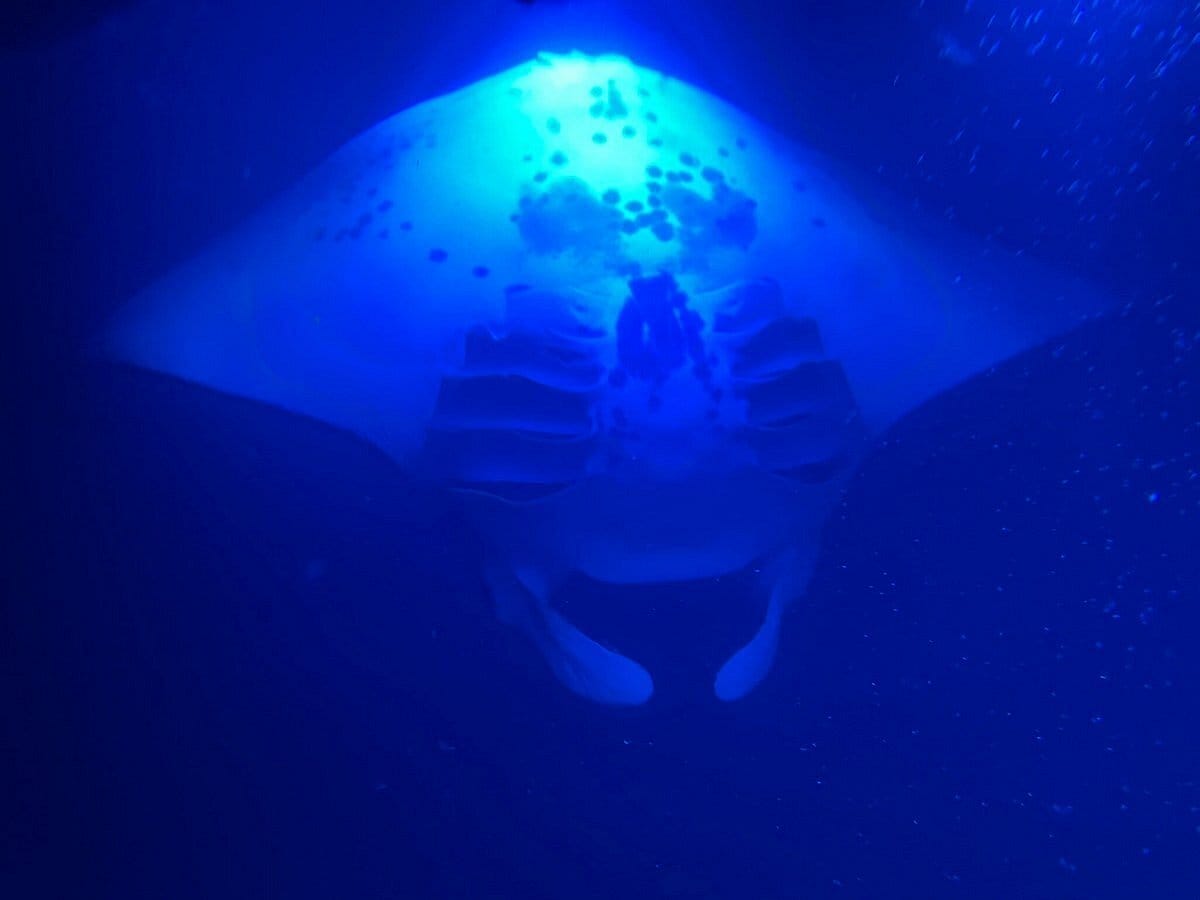Join our excellent crew on our luxurious 50-ft catamaran, the Hoku Nui, for an unforgettable experience floating above the majestic manta rays! Their intelligence and grace show in their underwater ballet and is an absolute must-do when in Kona! Our guests consistently rave about the sail, our crew and the manta’s graceful ballet!
Another Hawaiian graceful dance that originates in the Hawaiian culture is the graceful hula. Hula is much more than a graceful dance in Hawaiian culture; it’s a vibrant tapestry woven with history, religion, and deep connection to the land. Here’s why hula holds such significance:
-
Storytelling and History: Hula serves as a living archive, keeping alive the stories and traditions of the Hawaiian people. Through gestures and chants (oli), dancers tell stories of their ancestors, natural wonders, and significant events. It’s a way to honor the past and ensure its lessons are not forgotten.
-
Spiritual Connection: Hula was traditionally performed as a form of prayer or worship. Dancers embodied the spirits of their ancestors or deities (akua) to connect with the unseen world. Specific movements and chants were used to appease the gods, ask for guidance, or express gratitude.
-
Cultural Identity: Hula is a cornerstone of Hawaiian identity. It’s a language that expresses emotions, values, and connection to the land (aina) in a way words alone cannot. By learning hula, practitioners deepen their understanding of their heritage and cultural roots.
-
Language Preservation: Hula and the accompanying chants are often performed in Hawaiian. This helps keep the language alive and vibrant, especially as it faced suppression in the past. By perpetuating the language through hula, practitioners ensure its survival for future generations.
Hula’s significance extends beyond these points. It’s a powerful tool for cultural revitalization, a source of physical and emotional well-being, and a beautiful art form that continues to evolve while honoring its rich traditions.















